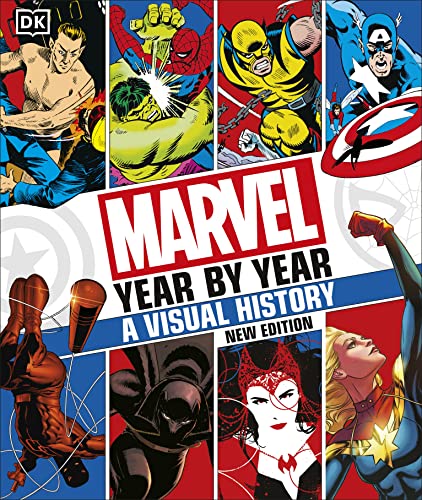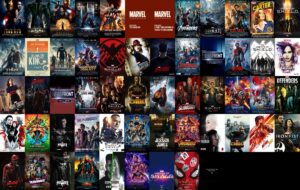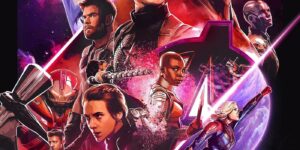Beyond the Heroics: Unpacking the Authentic Roots of Marvel’s Cinematic Universe

- A Piece Of Stan Lives On: How Marvel’s Latest Cinematic Masterpiece Keeps The Magic Alive
- The Most Shocking Plot Twists In MCU Movie History
- Everything We Know About The MCU’s Next Big Crossover
- How The MCU’s Newest Movie Affects The Entire Universe
- How Marvel Balances Character Development In Its Latest Movies
If you’re anything like us, you’re still reeling from the explosive action sequences, mind-blown plot twists, and awe-inspiring visual effects in Marvel’s latest cinematic masterpiece. But have you ever stopped to ponder the real-world inspirations that fuel these superhero epics? From the sprawling metropolises that double as character backdrops to the intricate mythologies woven into the narrative fabric, the seeds of these blockbusters are often sown in the most unexpected places.
Let’s begin by examining the production design of the film’s fictional cities. Rather than creating entirely fantastical environments from scratch, the filmmakers drew inspiration from real-world metropolises like Tokyo, Venice, and Marrakech. These cities, with their distinct cultural identities and architectural heritage, lend an air of authenticity to the film’s world-building. Take, for example, the movie’s dystopian depiction of a futuristic Tokyo – its neon-drenched skyscrapers and labyrinthine alleyways owe a debt to the city’s real-world counterparts, where ancient traditions and cutting-edge technology coexist in a swirl of vibrant chaos.
One of the film’s most pivotal plot points revolves around an ancient mythological text, rumored to hold the secrets of the universe. Now, you may be thinking that this is the stuff of pure fantasy, but the screenwriters actually drew upon the rich mythological heritage of various cultures. The film’s central artifact, imbued with the power to shape reality itself, bears more than a passing resemblance to the Sumerian Epic of Gilgamesh, a 4,000-year-old tablet recounting the adventures of the legendary king Gilgamesh. By tapping into this ancient narrative wellspring, the filmmakers imbued their fictional world with a sense of historical gravitas, not to mention a tantalizing dose of mystique.
The characters themselves may be larger-than-life superheroes, but their motivations and conflicts are rooted firmly in human emotion. The film’s lead protagonist, for example, grapples with a tragic past that informs her present-day heroism. This inner turmoil is mirrored in the psychological theories of trauma and identity formation espoused by thinkers like Carl Jung and Viktor Frankl. The movie’s thoughtful exploration of these psychological complexities lends an air of emotional depth to the proceedings, rendering the action heroics all the more impactful and resonant.
Last but not least, let’s talk about the technology. Marvel’s cinematic universe has long been synonymous with cutting-edge visual effects, but did you know that some of the innovations showcased in the film have their roots in real-world research? Researchers at institutions like MIT and Caltech have been experimenting with wearable technology and augmented reality interfaces that eerily echo the movie’s futuristic conceits.
Marvel’s films are often maligned for prioritizing spectacle over substance, but their latest outing proves that there’s often more to the story than meets the eye. Whether you’re geeking out over the sci-fi gadgetry, extolling the virtues of architectural accuracy, or philosophizing about the human condition, this superhero epic truly has something for everyone. As you bask in the afterglow of this cinematic spectacle, take a moment to appreciate the hidden stories, esoteric knowledge, and theoretical frameworks that bring it all to life.




